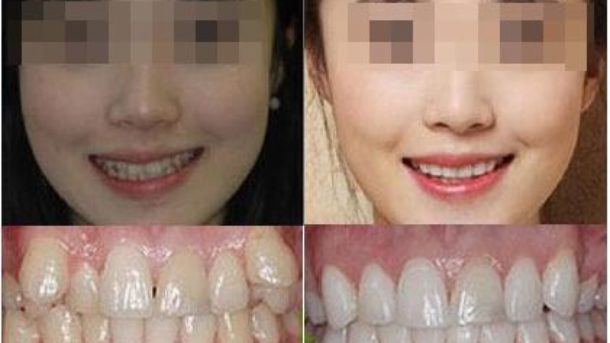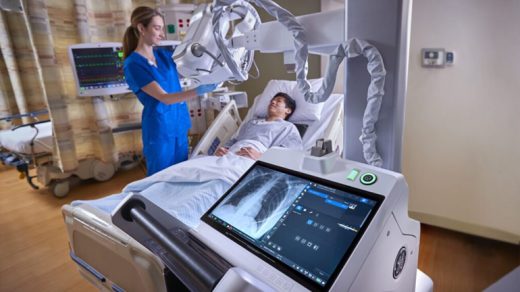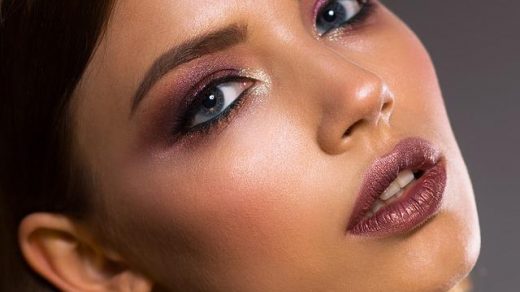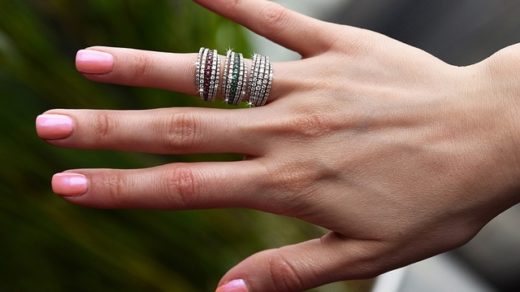Orthodontics can bring you not only the improvement of your teeth, but your life! It seems that many beautiful female stars have had their teeth corrected, and it seems that the contrast between before and after is really obvious, so is orthodontics really that magical? Is there any harm in orthodontic treatment?
Definition of orthodontics in dentistry:https://www.dentallaboratorio.com/what-is-orthodontics-in-dentistry/
Foremost, let’s understand what is orthodontic treatment? Orthodontics, that is, orthodontic treatment, mainly adjusts the coordination between facial bones, teeth and maxillofacial nerves and muscles through various orthodontic devices. The abnormal relationship between the jaw bones and the nerves and muscles that connect them. The ultimate goal of orthodontic treatment is to achieve a balance, stability and aesthetics of the oro-jaw system.
When is orthodontic treatment appropriate? Dental professionals believe that the best age for most orthodontic treatment is 12-16 years old, and some orthodontists call this age group the “golden period” for orthodontic treatment. So, can orthodontic treatment still be done after this time period? The answer is yes. Healthy teeth can be moved at any age. However, because the physiological and metabolic activity of adults is not as active as that of young patients, and the oral environment is more complicated than that of young patients, the difficulty and time required for orthodontic treatment will increase to a certain extent. Of course, because the adult facial bones no longer grow, some serious malocclusion problems cannot be corrected with appliances alone, and sometimes require the use of maxillofacial surgery combined with orthodontic treatment.
However, not everyone is suitable for orthodontic treatment, and it should be evaluated according to the oral condition and personal physical condition: patients with periodontal disease, patients with poor oral hygiene habits or patients prone to caries. Patients with systemic diseases such as hyperthyroidism, diabetes, tuberculosis, mental illness, etc. are generally not suitable for orthodontic treatment, and severely malnourished and pregnant women are also not suitable for orthodontic treatment.
Conversely, orthodontic treatment is recommended as early as possible if there are any of the following oral conditions:
- Tooth crowding: It is manifested as teeth coming in and out, unsightly, not easy to clean, prone to caries, easy to form dental calculus, and lead to periodontal disease.
- Anterior cross bite (bite), also known as “earth to cover the sky”, is manifested in that the lower front teeth are biting outside the upper front teeth, some people only have cross bite teeth; some people not only have cross bite teeth, but also deformed facial bones, called bone Sexual under bite, affecting aesthetics and function.
- In patients with interdental spaces, there is too much space between the teeth.
- Deep coverage: Also known as “toothing”, some only show the protruding upper front teeth or the lower front teeth inward; some are skeletal deformities, which also affect the appearance of the face.
- Bimaxillary protrusion, or the protrusion of the upper and lower front teeth, causes the lips to protrude, and the lips can only be closed by force, and the patients have open lips and exposed teeth.
- Posterior cross bite (bite), lock (bite): affect chewing function, may lead to long-term deviation of the upper and lower jaws.
- Deep overburden patients: The lower front teeth cannot be seen during occlusion; some people have skeletal deformities at the same time, and the lower face is short. This deformity easily bites the upper gums, and also easily leads to periodontitis disease of the front teeth and facial joint disease.
Orthodontic treatment usually takes about 2 years, so is it once and for all after bringing orthodontic tools? It’s not like that, the appliance can’t be so close to the teeth that we can eat without restraint, and the thin arch wire can’t bear the excessive bite force. Therefore, you should eat less during the correction process:
(1) Excellent food, such as ice cubes, nuts, hard biscuits, sugar cane, hard candy, crabs, lobster shells, etc., should also quit bad habits such as biting pens and biting nails;
(2) Foods that are too sticky, such as milk candy, maltose and some biscuits.
(3) Foods that are too large, such as apples and pears, should be cut into small pieces before eating.
In order to avoid dental caries, the intake of sweets and carbonated beverages should be reduced as much as possible during orthodontic treatment. After each meal, the oral cavity should be thoroughly cleaned with the correct brushing method, supplemented by oral cleaning products such as dental floss and interstitial brushes, to avoid the occurrence of tooth enamel demineralization, dental caries, gingivitis or other complications.
It is much better to adopt self ligating dental braces when it comes to the orthodontic treatment, for more advantage of self ligating braces in dentistry treatment https://www.dentallaboratorio.com/self-ligating-orthodontic-braces-advantages/







